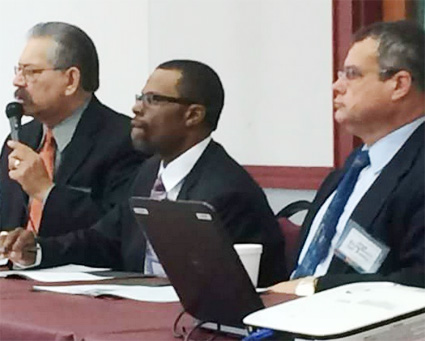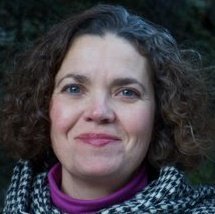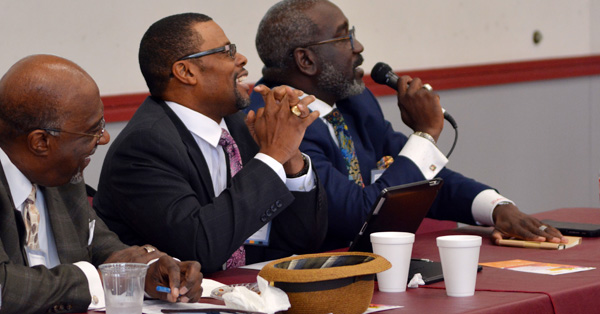By Jeff Brumley
Death after death in town after town, from Ferguson, Mo., to North Charleston, S.C., has some folks wondering what it will take to end racially motivated police brutality and other forms of injustice in the U.S.
A growing chorus of pastors says they have the answer — or at least part of it: clergy-led dialogue as a bridge between the races.

It will take clergy demonstration of “relationships of equality” to resolve racial injustice, a trio of African-American pastors told a multiracial audience during an April 9 Texas Baptist Christian Life Commission panel discussion, the Baptist Standard reported.
But it’s a concept black and white Baptists alike have espoused, and practiced, years before video-taped recordings have brought police violence against minorities to light.
And they’ve found that the solution also works when the violence is black-on-white.
Relationships create conversations
“If the church and I can’t show some type of togetherness or cohesiveness with [white Christians] who are around us, then what do we expect from those in our communities?” said Jeffery Croft, the pastor of Harrison Missionary Baptist Church in Kirkwood, Mo.
Croft learned that lesson beginning in 2008, after gunman Charles Lee Thornton shot and killed six people during a City Council meeting in Kirkwood, a suburb of St. Louis. The city’s mayor and two police officers were among those who died. Thornton, who was black, was killed by police during the same day.
In the aftermath, Croft and Scott Stearman, then senior pastor at Kirkwood Baptist Church, deliberately began to build a relationship to help themselves and their congregations through the painful aftermath of Thornton’s actions.
“You need the relationships so you can have the conversations you need to have” on racially divisive issues, said Stearman, now pastor at Metro Baptist Church in New York City.
Setting examples
Stearman agreed with the idea that pastors must show their congregations and communities how to have such relationships. Who else, he said, is going to start the process?
“People are watching and we need to be modeling that,” he said.
Croft and Stearman then started dialogue groups in Kirkwood that continue to this day. They’ve been a vehicle to educating whites about their own privilege and the built-in discrimination faced by African-Americans.

“A lot of well-meaning, good white people don’t know what it means to drive while black or to have the struggles of poverty … in St. Louis,” he said. “The phrase we repeated in Kirkwood was ‘I didn’t know what I didn’t know.’”
And there are ways other organizations can try to follow suit.
‘We can really be clueless’
At the Baptist Peace Fellowship, that means trying to diversify its board, Executive Director LeDayne McLeese Polaksi said.
But it’s a lot of work, she added.
“If we are honest, it’s not easy to have anything beyond tokenism — to not have people sit there just because they bring diversity but to listen to those voices and be willing to change,” she said.

Polaski said she sees a relationship between building such bridges and eventually solving the racial divides behind events like the recent fatal police shooting in South Carolina.
“I see a connection between a lack of genuine relationships and those kinds of things,” Polaski said.
It’s harder to demonize other groups of people when friendships exist between different groups of people, she said.
“If we operate from white privilege, it can be hard to understand how such things happen,” she said. “We can be really clueless and unaware unless we have real relationships that make this real for us.”
‘If we could overlook color’
The challenge is that more pastors need to pursue the practice, Joseph Parker, pastor of David Chapel Missionary Baptist Church in Austin, Texas, said during the CLC event.

“Pastors are not modeling [reconciliation] in their own relationships, and their people are not seeing it,” he said.
It’s a shame interracial relationship building isn’t being done more. Croft said it has worked in Kirkwood.
“People in the city know that is a starting point or a model of what could take place if we could overlook color,” he said.
